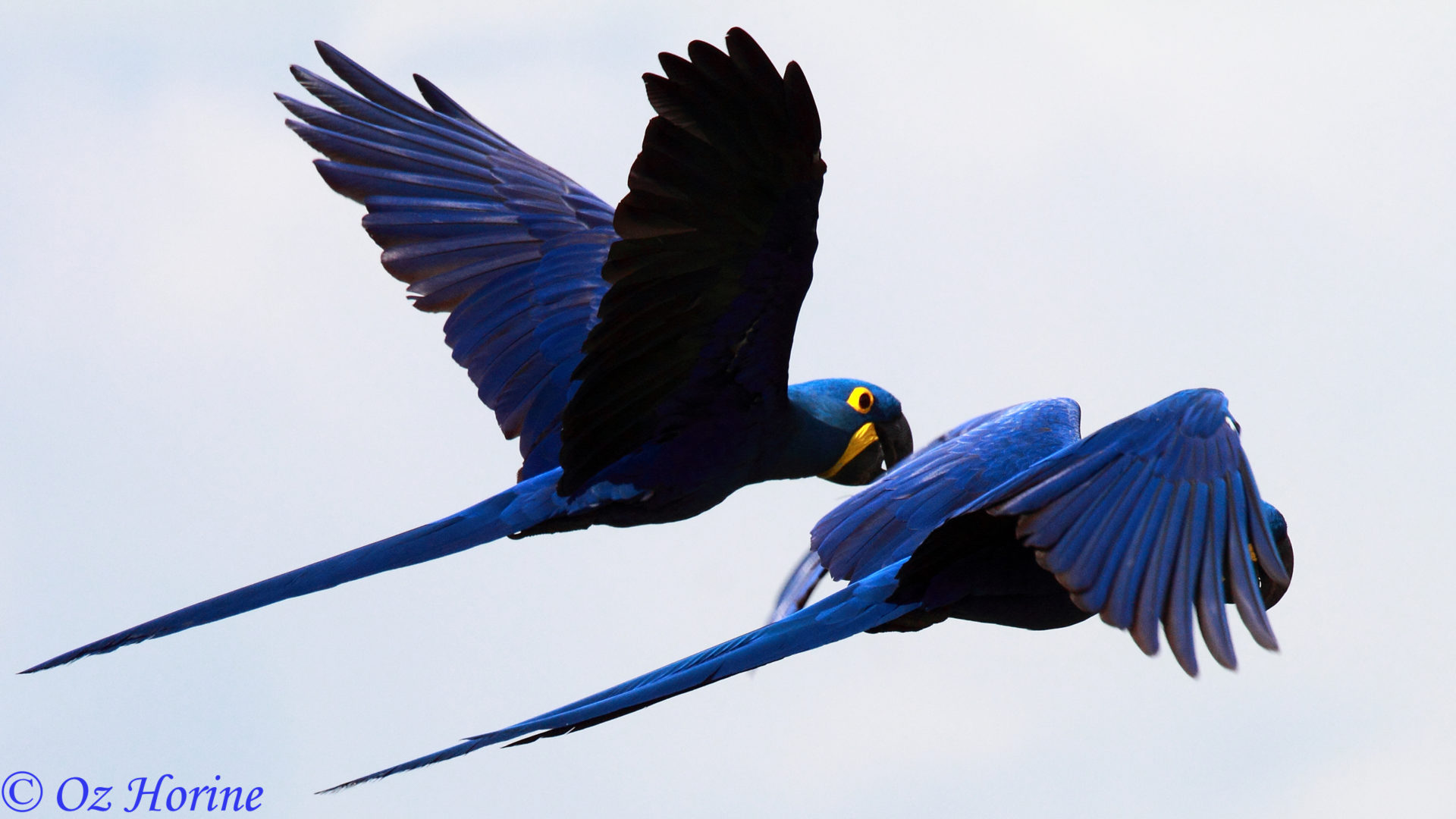eBird Global Big Day
Analyzing eBirders’ checklists of May 14th 2022 result a significant number of 231 bird families (out of 248) seen around the world on this day. 93.1%! Naturally , most of the missing families, are the endemics “hard to get” ones from remote areas like New Guinea, Borneo, Sulawesi. Surprisingly, no one reported any Tropicbirds (Phaethontidae).
These are the missing 17 bird families:
Region key: #AF = Afrotropic, #AU = Australasia & Oceania, #IN = Indomalaya, #NA = Nearctic, #NT = Neotropic, #PA = Palearctic (map below)
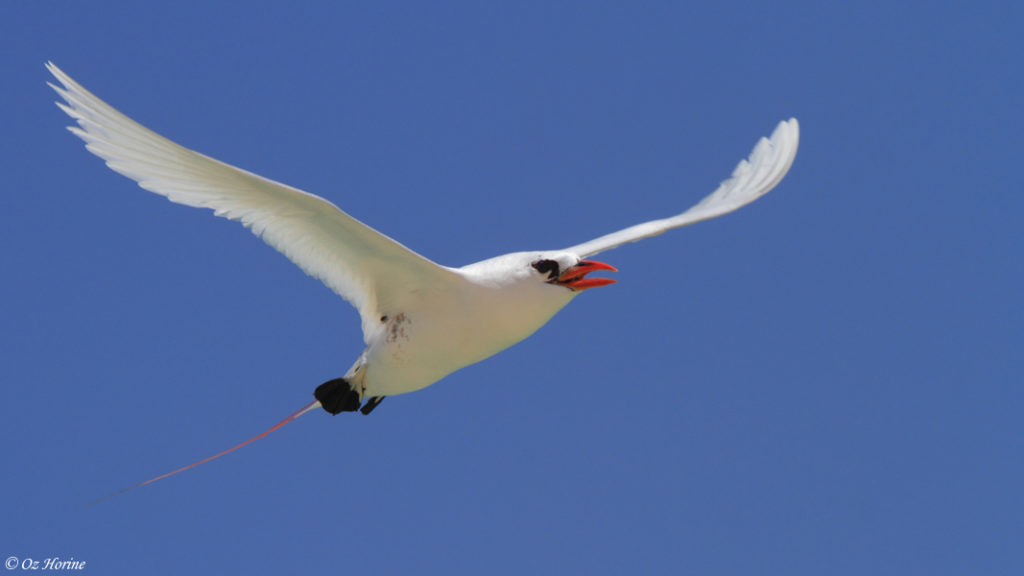
family #058 Tropicbirds (Phaethontidae) | Red-Tailed Tropicbird, Madagascar 2016
Angola Participates in the Global Big Day and Helps Set a new World Record!
Angola is now on the global birding map! In recent years, May 14th has become an actual and literal “big day” in the life of many global birdwatchers. This is Migratory Bird Day, as well as the eBird Global Big Day. eBird is the most important website in the birding world; a place where people across the globe track their bird sightings and contribute to a massive citizen science database. This year, May 14th also happened to be the 20th “birthday” of the beloved eBird site! The Global Big Day has been running since 2015, and has seen massive participation, but until this year, Angola had been a noticeable “blank spot” on the global map of results. This year, the Birding Angola team set out to rectify this “injustice” to one of Africa’s great birding countries!
Before we talk about the results for Team Birding Angola, a bit of background. Angola is one of Africa’s most diverse countries, holding the full gamut of habitats, from the true desert of the Namibe to the Congolese rainforests of the north. In between lies a range of delightful and biodiverse environments, including vast miombo woodlands, montane forest, grassland, coastal wetlands, and lots of rugged and beautiful scenery. Angola has around 20 endemic birds, and dozens of other highly localized specialty species. For family listers, it offers a chance to see the endemic Red-crested Turaco and Red-backed Mousebird, which for many birders are the last members of these charismatic African families. Another major target from a family perspective is African Pitta, which can be found during the rainy season. There are only two African members of the pitta family, and Angola offers one of the best chances to put binoculars on one of these elusive birds. Without a doubt, Angola is a dream destination for African and global birders, but until recently has been considered a nearly “un-visitable” place. Birding Angola is working to change that!
Birding Angola is a part of “Apostar no Aviturismo”, a collaboration between Promised Land Ventures and the Angolan Ministry of Tourism. It aims to promote Angola as a world-class birding and ecotourism destination, and to strengthen the country’s ecotourism infrastructure. One major focus of the project has been the creation of a 10-site birding route, and the training and equipping of local guides at key sites along this route. So far, the project has trained local guides at five sites: Santa Amboleia, Kinjila, Tundavala, Mangueiras, and Talamajamba. There are plans still in the works to train guides at further sites, including Kumbira, Damengola, and Morro de Moco. This rigorous training included weeks of both classroom and field instructuction, and culminated in a final exam. The guides who passed were issued essential equipment, including binoculars, field guides, and audio equipment.
In 2022, Birding Angola realized that the time was right to join the global big day. Its trained guides at key birding sites across the country formed the perfect core to a big day team. So on May 14, teams of local guides fanned out to scour their local areas, with a special focus on the endemics and other rare specialties. They tallied 131 species overall, including an astounding FIND OUT HOW MANY species that were ONLY recorded in Angola. To put this in context, there were around 51,000 people participating in the global big day, recording 7,673 species of birds. This means that most species were recorded by many different observers. In the case of heavily birded areas such as western Europe, India, and North America, there were many 1000s of records of most species. Team Birding Angola was proud to be able to make a major and unique contribution to this massive global effort. The mouth-watering list of birds that they compiled serves to highlight Angola’s immense potential as a birding destination.
Angola’s national bird, the gorgeous Red-crested Turaco, was recorded at two sites in northern Angola: Kinjila, where it is expected, and Santa Amboleia, where it was an exciting new addition to the area’s already alluring list of species. Although White-headed Robin-Chat is not quite endemic, as it also occurs in DRC, it’s one of Angola’s most sought-after birds. This big and beautiful robin was tallied in the gallery forests of Kinjila. In southern Angola, in the Talamajamba and Tundavala areas, many near-endemics, shared only with northern Namibia, were recorded. Good examples are Rueppell’s Parrot, Rockrunner, Angola Cave-Chat, and Hartlaub’s Francolin. The team at Talamajamba connected with a couple nocturnal birds, namely Spotted Eagle-Owl and Rufous-cheeked Nightjar. White-headed Barbet was recorded at Tundavala. This bird belongs to a very distinctive local subspecies that represents another aspect of Angola’s appeal: the potential to see rare birds that may well be split into full species in the future. The mysterious population of Meves’s Starlings, that was recorded during the big day at Mangueiras, and is sometimes called “Benguela Long-tailed Starling” is another example of a potential future split. Of all the sites where the birding Angola team participated, none is so rich in endemic birds as Santa Amboleia. The passionate team of local guides there turned up Hartert’s Camaroptera, Gray-striped Francolin, Red-backed Mousebird, White-fronted Wattle-eye, Angola Batis, Angola Helmetshrike, and Monteiro’s Bushshrike; a haul of birds that would make any African birder jealous! By all accounts, all the members of Team Birding Angola had a great time, and can’t wait to participate in the 2023 Global Big Day. The sky is the limit for these keen young birders, now that Angola is on the global birding map! It’s especially exciting to think of how many birds Angola might add to the global big day tally with more guides at more sites, as is currently planned. These guides are waiting to welcome visitors from around the world, and to share their beautiful country and its birds.
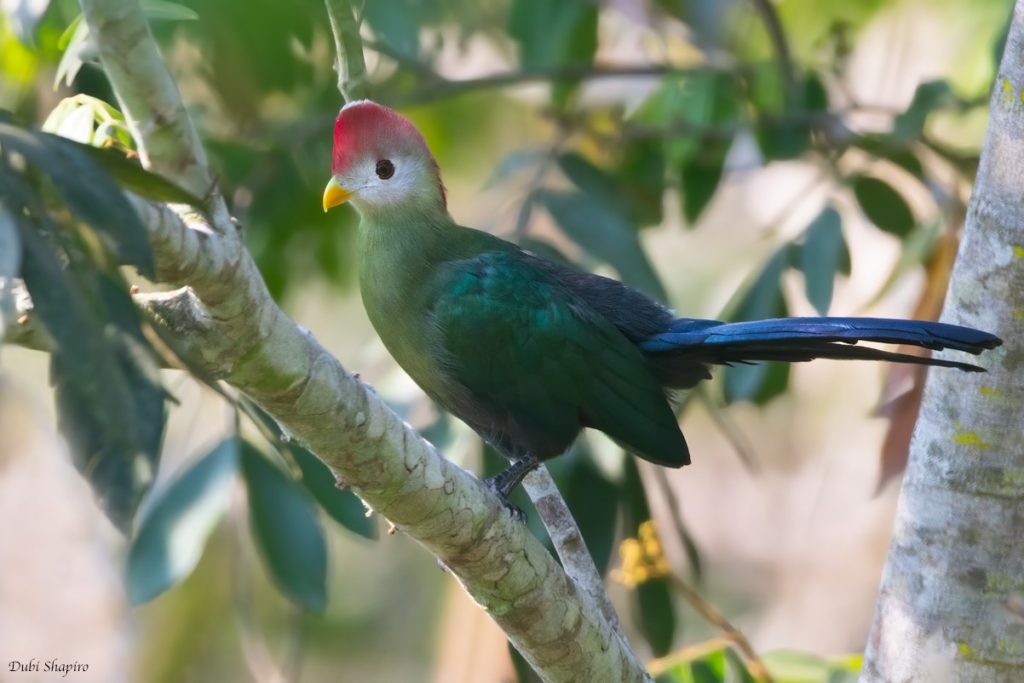
Red-crested Turaco, a surprising find at Santa Amboleia. Photo by Dubi Shapiro.
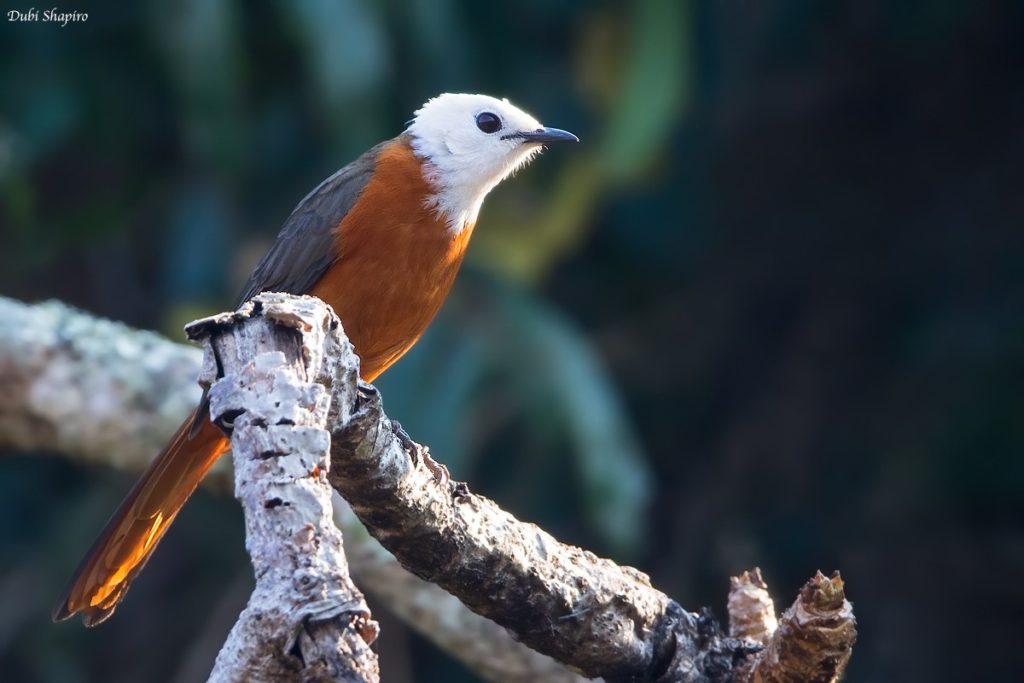
The lovely near-endemic White-headed Robin-Chat. Photo by Dubi Shapiro.
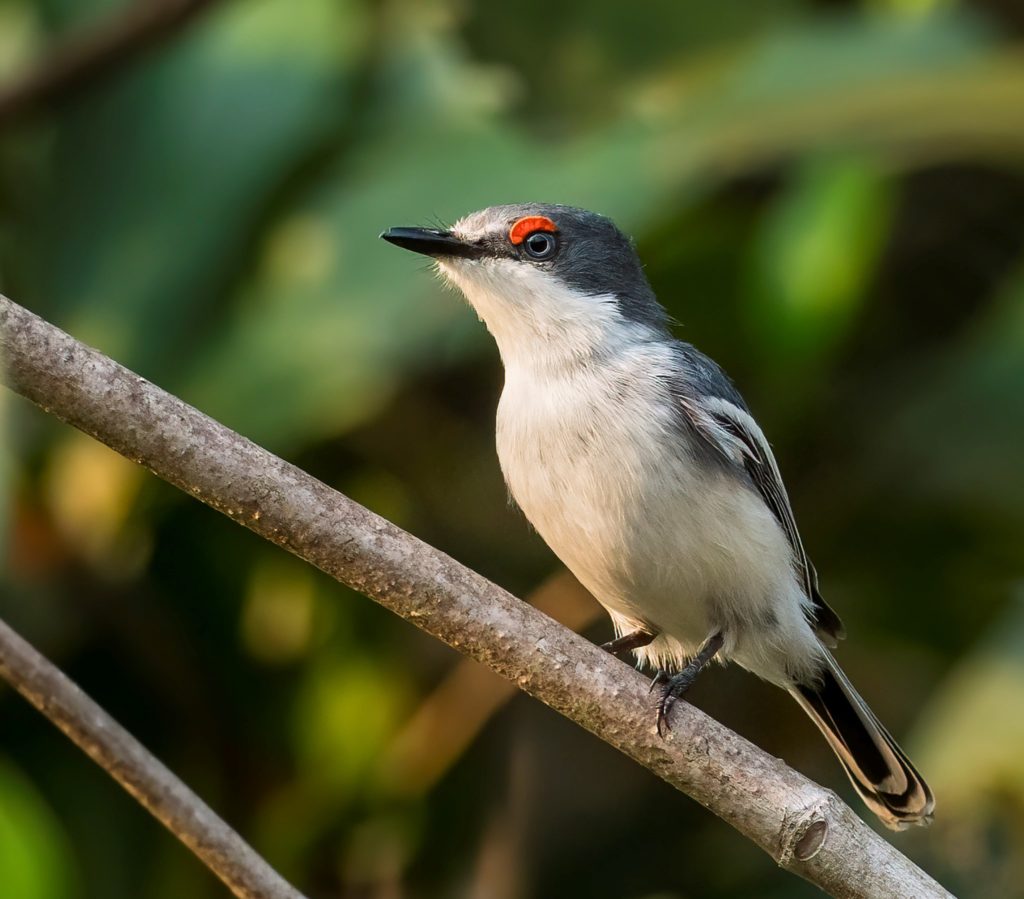
The Angolan endemic White-fronted Wattle-eye. Photo by Ken Behrens
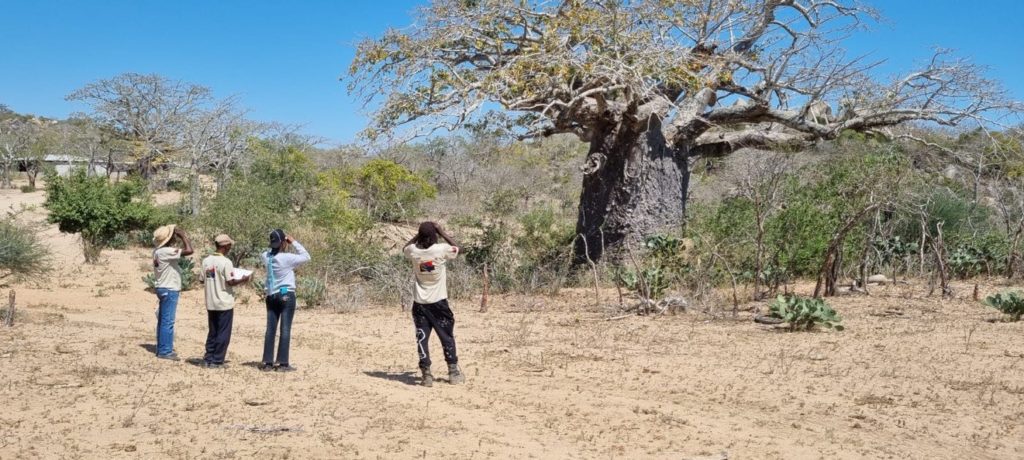
Birding and baobabs at Talamajamba, in southwestern Angola.
